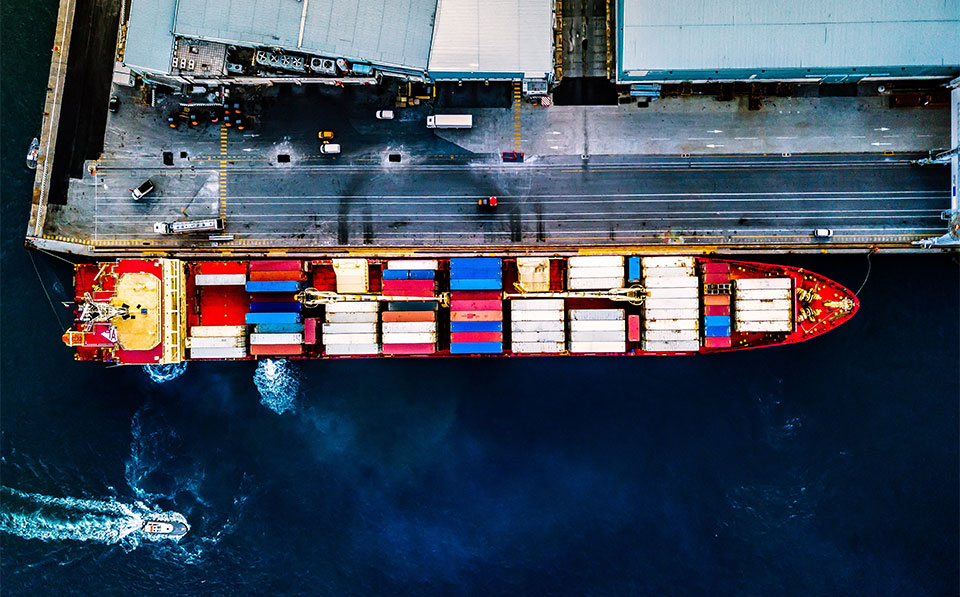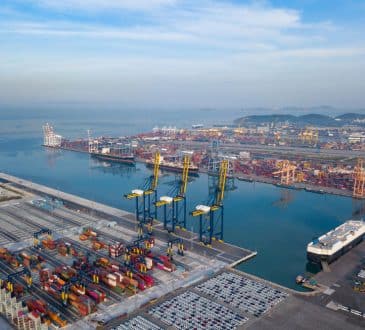The Future Of The Shipping Industry Is Digital

The shipping industry is one of the most traditional sectors of the economy. As time passes and technology rise undoubtedly the future of the shipping industry goes through digital transformation. However, even today, digitization in the shipping industry is treated occasionally and is characterized by a lack of a holistic approach to its transformation.
At the same time – according to recent research – the digital transformation of the shipping industry could significantly contribute to improving the operating costs of the ships. The total relative cost of the industry is estimated at 100 billion dollars worldwide with an ever-increasing trend.
Considering that ship maintenance activities account for about 20% -30% of these operating costs, digitizing them can offer significant benefits. The technical departments of the shipping companies have the ability to implement various strategies to control maintenance costs while the use of advanced maintenance capabilities brings significant quantitative returns, as well as qualitative advantages.
Some of these benefits refer to the better performance of the equipment, the reduction of unplanned maintenance needs, the reduced workload, and the reduction of all the individual cost components of the operating costs, such as purchases, storage, distribution.
It is a fact that – depending on their digital maturity – shipping companies need to adopt a more or less customized approach during their digital transformation, in order to achieve a reduction in their operating costs.
Nowadays, the shipping companies are increasingly facing the effects of a rapidly changing environment, which has as its starting point the digital transformation. External factors, such as the regulatory framework, cyber threats, and fare fluctuations, are crucial for their digitization and push shipping companies to adopt advanced technologies.
The benefits of the industry from the digitization precondition the transition from the model of planned maintenance to the preventive maintenance of ships with the assistance of technology.
The proposed framework is characterized by four phases:
– Identify the significant challenges arising from the existing operational maintenance model and the existing structure.
– Redesign of this operational model, in order to strengthen the cooperation between the departments focusing on the equipment.
– Use of advanced analytics techniques with data utilization, taking into account the different categories of ships, equipment, suppliers and maintenance activities, in order to forecast demand and facilitate decision making.
– Continuous improvement of the model through telemetry and the use of real time data, constantly improving the accuracy of prevention models through machine learning.
This year the container shipping market is facing some serious difficulties due to COVID-19. Undoubtedly, is a very different year compared to previous years. One of the countries that has been influenced at a great extent is China. Exports from China have dropped noticeably in 2020 compared to 2019. In the United States imports from China reached their lowest limit within the last decade. It is estimated that at the end of 2020 the shipping industry losses in the United States will reach the 10.6 billion dollars. The shipping industry is expected to return to growth in 2021.
China, Greece, and Japan remain the top three ship-owning countries in terms of cargo-carrying capacity. The three countries represent 40.3% of the world’s tonnage and 30% of the value of the global fleet.
At the same time Liberia, the Marshall Islands, and Panama remain the three leading flags of registration, in terms of carrying capacity and of the value of the fleet registered. Earlier this year, they represented 42% of the carrying capacity and 33.6% of the value of the fleet.
The flags of Iran, Taiwan (province of China) and Thailand registered the highest increases in terms of deadweight tonnage.
It is crucial mentioning that basic industries of the economy developed digital strategies in order to be competitive and keep up with the challenges of the new era. For example, healthcare, construction, and hospitality are some of the industries that tried to find more digital solutions in their operations.
Bring the best of the CEOWORLD magazine's global journalism to audiences in the United States and around the world. - Add CEOWORLD magazine to your Google News feed.
Follow CEOWORLD magazine headlines on: Google News, LinkedIn, Twitter, and Facebook.
Copyright 2025 The CEOWORLD magazine. All rights reserved. This material (and any extract from it) must not be copied, redistributed or placed on any website, without CEOWORLD magazine' prior written consent. For media queries, please contact: info@ceoworld.biz









